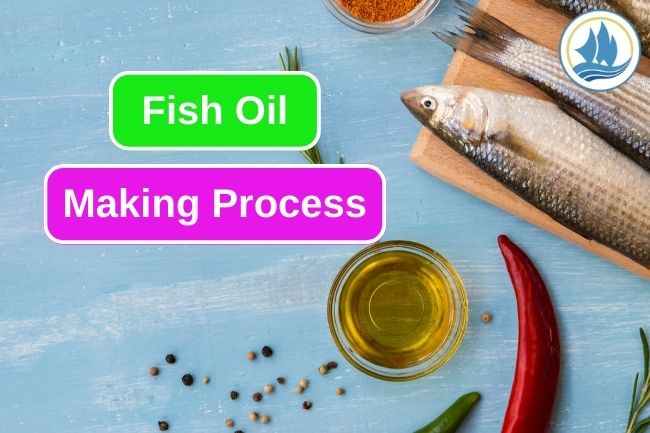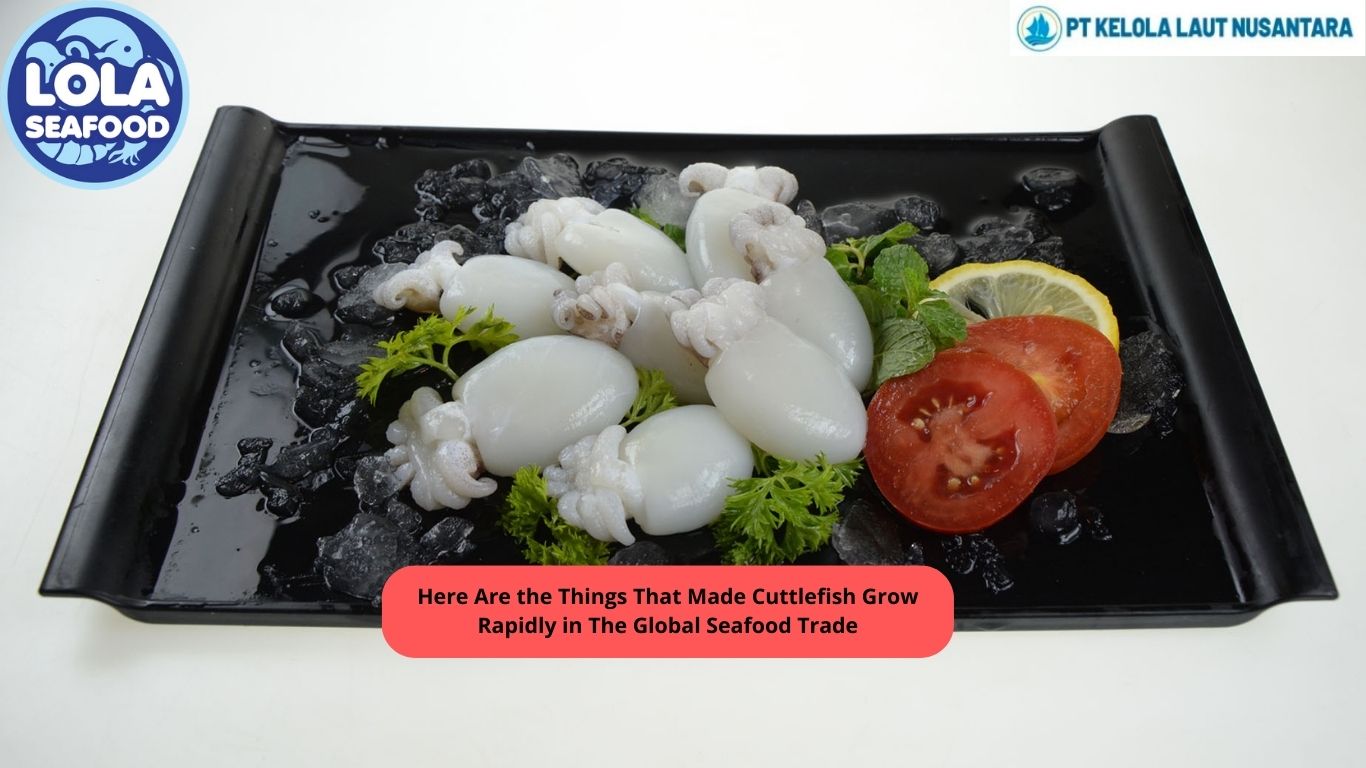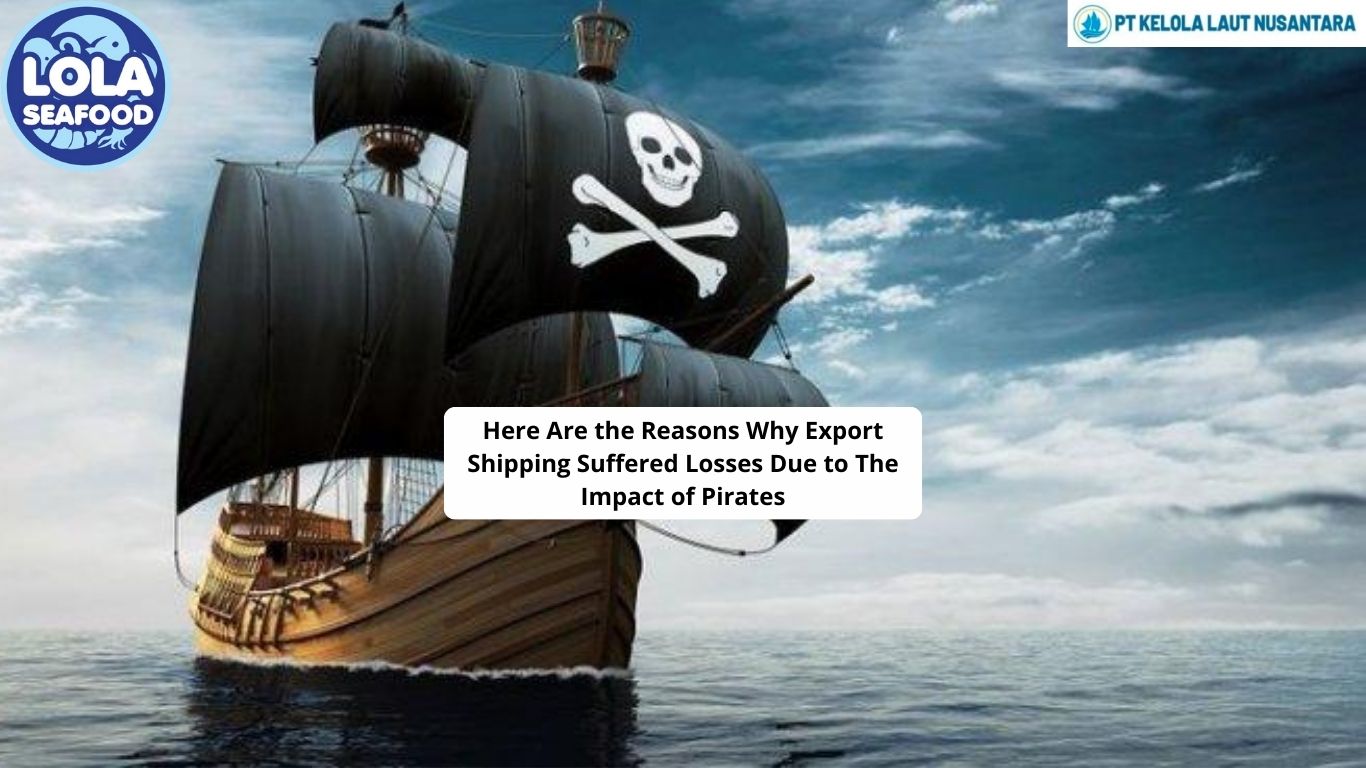This Is What Happen In Fish Oil Making Process
By. Nevanda - 02 May 2023
kelolalaut.com - Fish oil is oil derived from the tissues of oily fish. Fish oils contain the omega-3 fatty acids eicosapentaenoic acid (EPA) and docosahexaenoic acid (DHA), precursors of certain eicosanoids that are known to reduce inflammation in the body and improve hypertriglyceridemia. There has been a great deal of controversy in recent years about the role of fish oil in cardiovascular disease, with recent meta-analyses reaching different conclusions about its potential impact. The most promising evidence supports supplementation for prevention of cardiac death.
Fish oil and omega-3 fatty acids have also been studied in a wide variety of other conditions such as clinical depression, anxiety, cancer, and macular degeneration, yet their benefit in these conditions still has to studied more.
Read also: 12 Common Seafood Poisoning Symptoms
Fish oil is typically extracted from oily fish, such as anchovies, sardines, mackerel, and salmon. The fish oil extraction process typically involves the following steps:
1. Fish Selection
The fish species are carefully selected based on their oil content, sustainability, and other factors.
2. Fish Cleaning
The selected fish are cleaned and sorted to remove any impurities.
3. Cooking
The fish are cooked to break down the protein matrix and release the oil.
4. Pressing
The cooked fish are pressed to separate the oil from the fish solids.
5. Centrifugation
The oil is then subjected to centrifugation to remove any remaining solids or impurities.
6. Purification
The oil is then purified using various methods, such as molecular distillation, to remove any contaminants and improve the quality of the oil.
7. Stabilization
The oil is then stabilized with antioxidants to prevent oxidation and ensure a longer shelf life.
8. Packaging
The purified and stabilized oil is then packaged into bottles or capsules and shipped for distribution.
It's worth noting that the exact process can vary depending on the manufacturer and the type of fish being used. However, the general process described above is a standard method for producing high-quality fish oil.
.jpg)
 (1).png)


.jpg)
.jpg)
.jpg)

 (3).png)